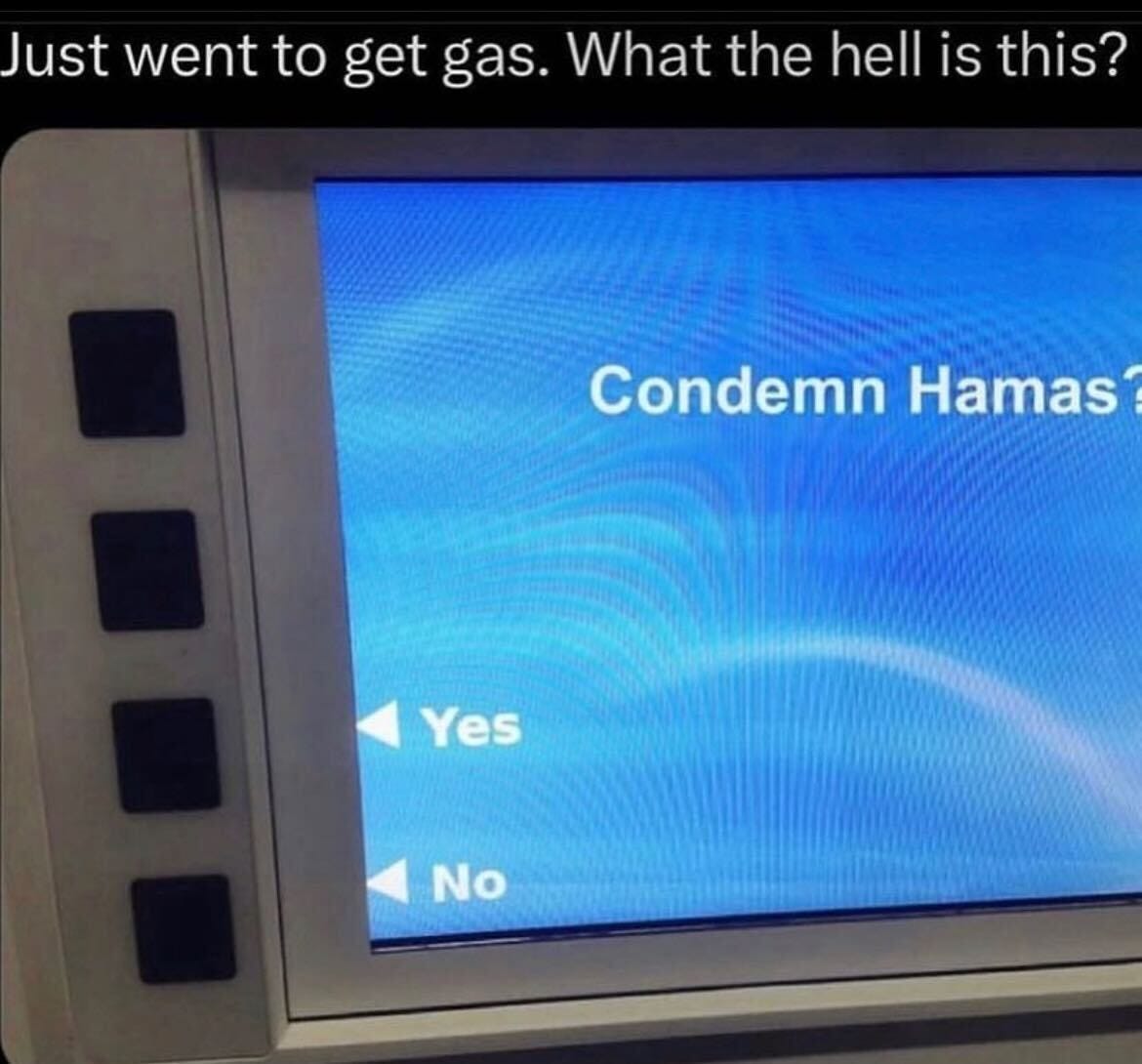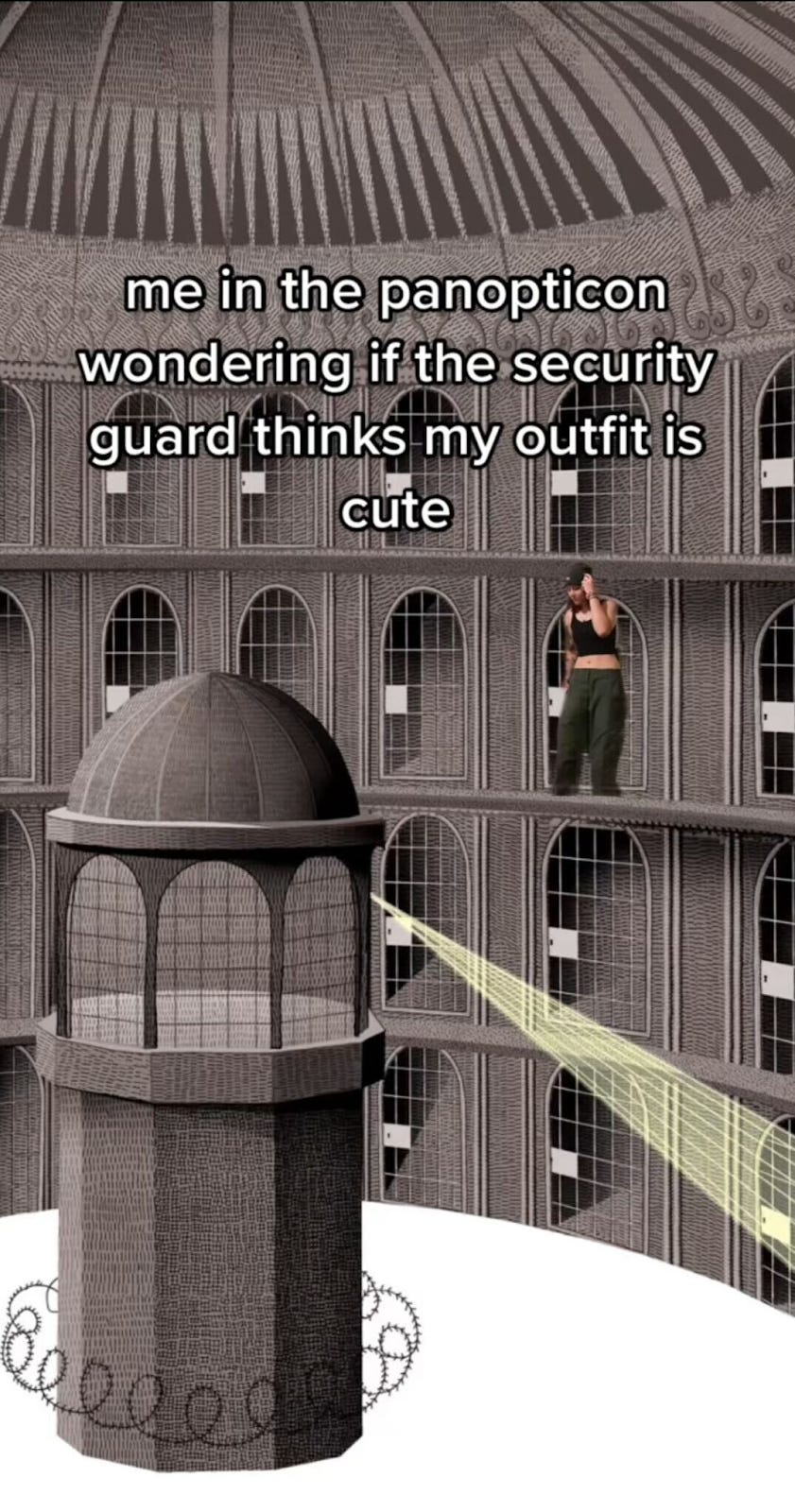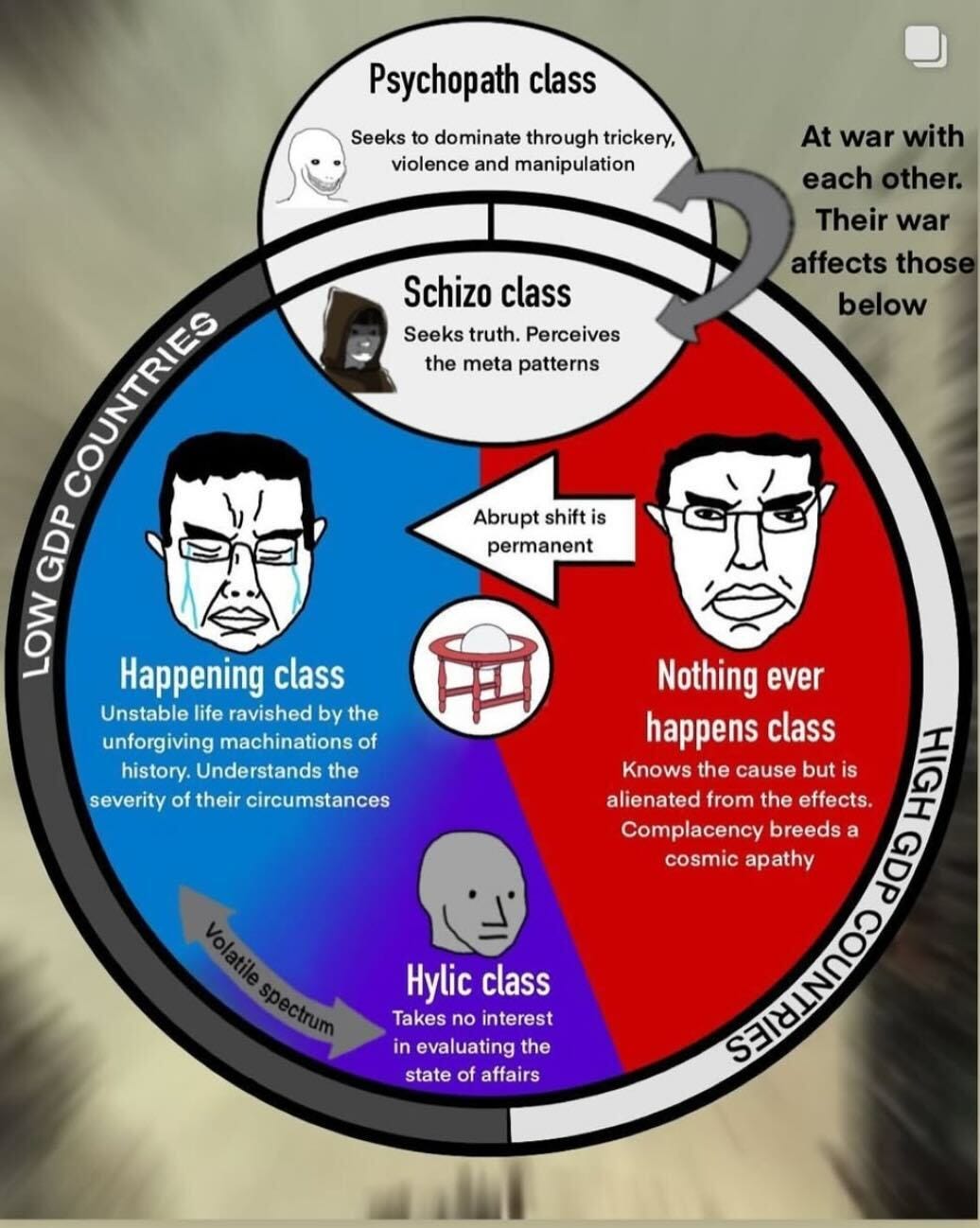Why is everything so meta?
How we’re consumed with reacting to a false reality instead of living an authentic one.
“Shots fired at the Trump rally.”
Our phones lit up and everyone split into a preferred gospel with alarming ease.
It was the deep state.
A campaign stunt.
A foreign adversary.
Proof of divine intervention.
We molded our own stories out of the best raw material for myth-making: history unfolding before our eyes.
Jean Baudrillard warned us of our descent into hyperreality in the 80s. The complexity of modern life and our over-consumption of entertainment media causes us to confuse myth with meaning. We begin holding satisfying narratives as preferred truths over the discomfort of the nuances and mundanity of reality.
Well here we are forty years later and Baudrillard was right, of course.
But something else is happening.
It’s not just that we confuse myth with reality—
It’s that the process of making myths consumes our reality.
Our news reports on how we feel about the news.
Political punditry focuses on performance.
Social feeds offer ninety‑nine reactions to every fresh moment.
Art wallows in homage, pastiche, and fourth-walls break.
We’re a culture trapped in the infinite scroll of our own commentary.
Everything’s just like…so meta, man.
How did we get here?
“We shape our tools and thereafter our tools shape us”
— Marshall McLuhan
Oral cultures exchange knowledge through aphorisms. Repeatability is valued and traditions and rituals are sacred. We trust the wisdom of elders and ancestors.
Print cultures allow complex ideas to evolve and spread with ease. Novelty is valued and progress is celebrated. We trust the perspectives of the intelligentsia.
Film & TV package substance into evocative spectacles. Entertainment is valued and charisma is a necessity. We trust the clout and influence of celebrities.
As dominant media shifts, so too does our state of culture.
Over the past several decades we’ve had three significant media evolutions —
HYPERREALITY BECAME COMMODIFIED: The media we consume began increasingly masquerading as reality, as if we took Baudrillard’s theory and said “challenge accepted”.
CNN blurred journalism with entertainment and spawned a new standard for news. The Real World led a new voyeuristic genre that spread through television like a virus. Joe Rogan and others led a podcasting movement that thrives on the parasocial hang. And social media channels became creator-led performances sold as authenticity.
MEDIA BECAME IMMERSIVE: Next, we strapped this hyperreality to our eyeballs—our devices became prosthetics. For the first time in human history, we see the world more through screens than through lived experience.
MEDIA BECAME PARTICIPATORY: Finally, our media became personalized, inviting us to co‑author the show. We don’t just consume stories; we curate, remix, and perform into the reflection. Not all of us do it, but even those not terminally online are still shaped by the participation of those around them.
Together these new features distorted our lens once again.
And the more we supplant our lived experience with a digitally mediated one, the more these distortions warp not just our sense of reality, but the way in which we participate in it.
What’s happening to us?
Distortion #1: Everything is Propaganda
The attention economy is powered by propaganda. North of a trillion dollars is spent annually to co-opt our identities and exploit our insecurities in order to sell us things, push political ideas, and generate influencer clout.
Brands like Coca-Cola have been using propaganda techniques for more than a century. Coke doesn’t sell you on its caramelly flavor profile, they employ strategies like making Coke a symbol for holiday nostalgia or a way to self-actualize as a hippie in a consumerist world.
But today these same techniques are deeply ingrained in both our media and cultural psyche. Propaganda isn’t just done to us, it’s something we now do to ourselves. We cultivate our personal brands and manage our social spheres based on what they might signal about us.
Conditioned by this co-opting, we look for the deeper symbolism behind everyone and everything we encounter and fear social blowback with the symbolic choices we make.
As discussed in season one of our podcast This Is Propaganda —
Bud Light spent decades selling their beer as a symbol of American traditionalism. Then the brand got caught aligning with Dylan Mulvaney, a trans influencer, and suddenly faced the largest boycott of an American product in the past decade. You can’t show up with a 24-pack to the barbeque without being at least somewhat concerned about what your brand choice will signal about who you are to your neighbors.
Tesla is now going through a similar situation from a different political pole. Can’t afford to sell your car because of what it represents? At least get yourself an anti-Elon bumper sticker. There’s a thriving marketplace on Etsy so you have plenty of options to choose from.
This constant flattening of ideas as complex as patriotism or environmentalism into symbols we wear like a badge, or memes we thoughtlessly share, makes our activism brittle as the symbols become the ends instead of the means.
Passions quickly meander from one issue to the next, yet the intensity is as high as ever.
We fight for everything yet die for nothing.
Our values are less about what we sacrifice for and more about what we perform.
Distortion #2: Heightened Reality
When so much of our time is spent immersed in the hyperreality of media, the rules of kayfabe—the mutual agreement to maintain an illusionary performance as real— begin to take governance. We behave how our tools train us to behave.
The algorithm crowns caricature: less nuance, more certainty, hotter takes. Even lurkers absorb the spectacle.
We shape our behaviors by reflecting what we see in others.
With the collapse of third spaces and continued post-COVID / post-convenience economy social isolation, many people are now mostly exposed to strangers through the funhouse mirror of media, a place where only main characters and villains get screen-time.
Now that life feels so staged, every prop must pay off.
Distortion #3: Chekhov's Headlines
Real life is inherently a culmination of random events and paradoxes. Stories are not.
Yet as we engage in authoring and performing our own mythologies we can’t help but treat life as if it's a story. We see every “fact” like a Chekhov’s gun — if a detail appears in Act I, it must pop by Act III.
Rational thought is replaced with a much more conspiratorial frame of mind.
If information doesn’t have an obvious plot thread, we fabricate it —flat Earth, QAnon, 5G mind rays, false flags. Dip a toe into a validating content pool and the algorithm opens the floodgates and drowns you in it.
Or the alternative, we become blind to contradictions that fail to fit a satisfying narrative. We buy a power strip from Amazon with one click and then “like” a post about how Amazon is destroying the environment with the next without examining our own culpability.
When Burger King, Bernie Sanders, your uncle Jim, a Russian psy-op and Newsmax are all colliding in one feed, your prefrontal cortex becomes overloaded and your unconscious mind is thirsty for meaning — to identify a signal or pattern in the noise. It’s what we evolved to do.
In this information environment we have no other choice but to defer to the myths of our own making, to find our own signals.
A path to no reality.
Our culture through the narrative distortion lens becomes entirely consumed by its own performances.
You can’t undo a racist or sexist system, but you can keep adding and rearranging letters to the acronyms you give marginalized people.
You can’t provide for your family as the “man of the house” because well-paying blue collar jobs have disappeared, but you can reclaim your masculinity by fighting the woke mind virus.
We were all so caught up discussing the story of Pete Hegseth adding The Atlantic’s editor to a classified group chat — debating whether it was incompetence or a psyop and comparing it to the Hillary Clinton email server scandal — that we forgot to interrogate who they were bombing, or why.
As a people stuck in the meta, we can’t imagine new futures. We can only comment on the present or long for an idealized past.
Now add AI, able to spin infinite myths from data already steeped in distortion. We risk an ouroboros that eats its own illusions— a culture in infinite recursion.
Escaping the never-ending process of myth-making.
Tomorrow an alert might rattle your phone. Pause the scroll, inhale, and ask yourself how you feel before you, or the algorithm, spins up a satisfying myth to help you contextualize it as part of your identity.
As for the broader state of culture, I don’t have easy answers. But I do know that the more we engage in discussion on this shifting epistemology with specificity the more we might be able to correct these distortions.
Of course, there’s all the greatest hits: better media literacy, public pressure for more thoughtful design from the tech community, say hello to your right-wing neighbors, and go touch grass.
But we also need to be fighting those who are exploiting these distortions for personal gain and bitter ends. That means making art designed to deprogram us and leveraging technology to become more in touch with the discomfort and liminal nature of reality and less engaged in seeking satisfaction from the myth-making process.
Please share your ideas and let’s imagine something new.








Is there a symbolic richness to the cave outline resembling a whale, thus the allegory occurring in the "belly of the whale", or is that a reach?